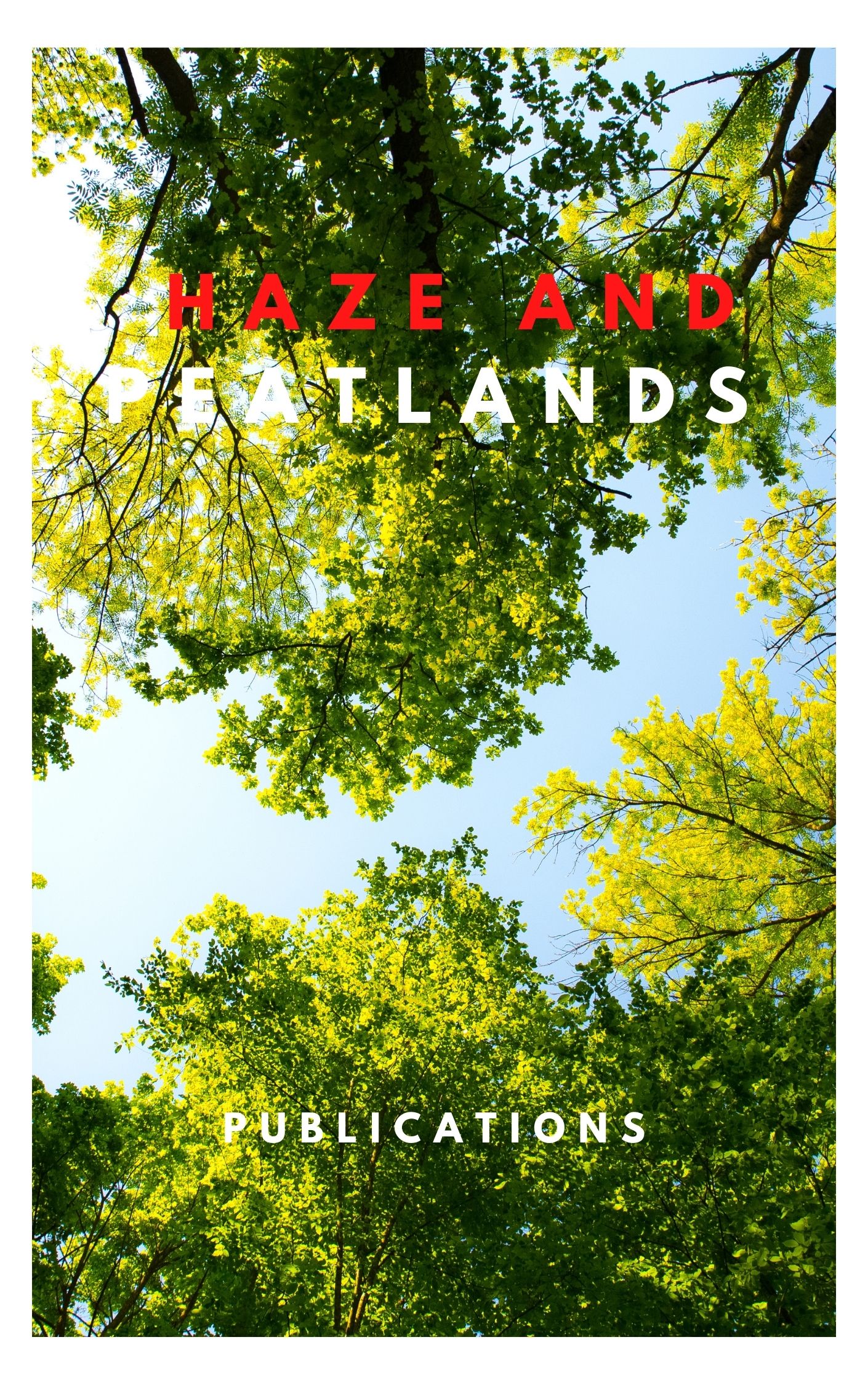Indonesian peatland forest is considered a huge sink of tropical carbon and thereby make significant contribution to global terrestrial carbon storage. However, landcover and landuse changes in this ecosystem have incurred a synergistic exposure to drought and wildfires. Deforestation and forest degradation through combustion and decomposition of forest biomass and soil carbon have become global issues because of their greenhouse gas contribution to global climate change. Thus fire-driven carbon losses in these peatlands have increased the need to evaluate the impacts of fire at a landscape scale. In 6-10 week dry periods from January to April 2014 and in January 2015, wildfires burnt peatland forest in Kubu Raya, West Kalimantan province (Indonesian Borneo). An assessment was conducted to provide more reliable estimates of the effects of fire on aboveground and soil carbon losses and their dynamics in the coastal peatlands of the province. Carbon loss from combustion of both aboveground biomass and peat soil was substantial. Moreover, CO2 emission from soil respiration at the burnt peat surface increased 46% over the first 9 months after the fire. This study clearly showed the magnitude of fire-driven carbon loss and the scale of CO2 emission to the atmosphere arising from fire in tropical peatland forest.
View source

